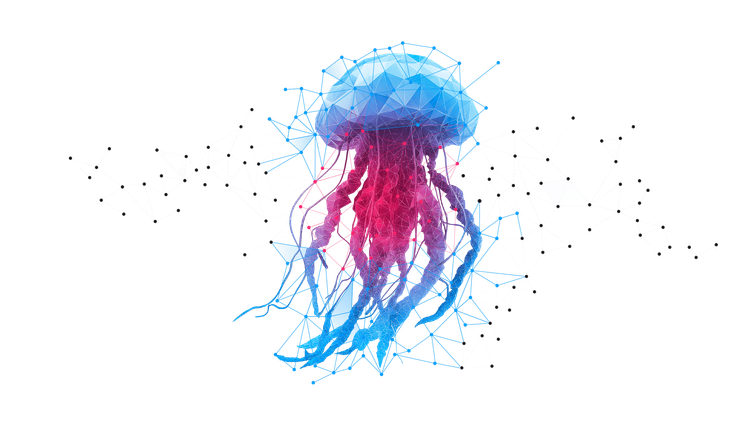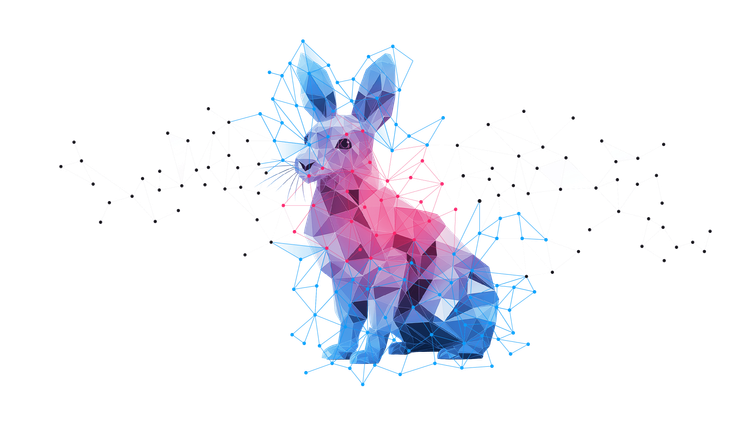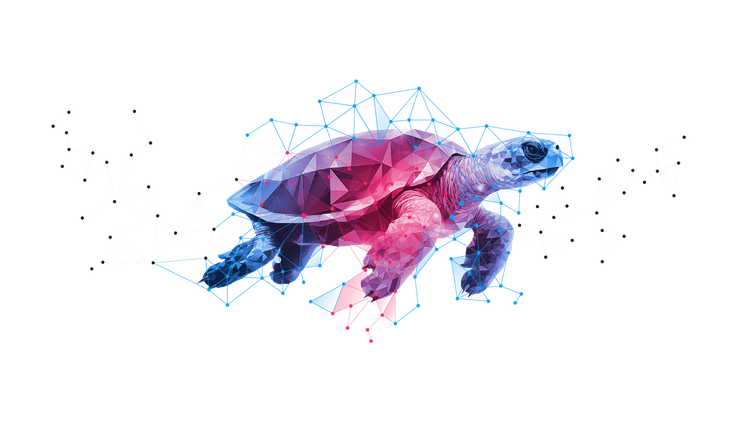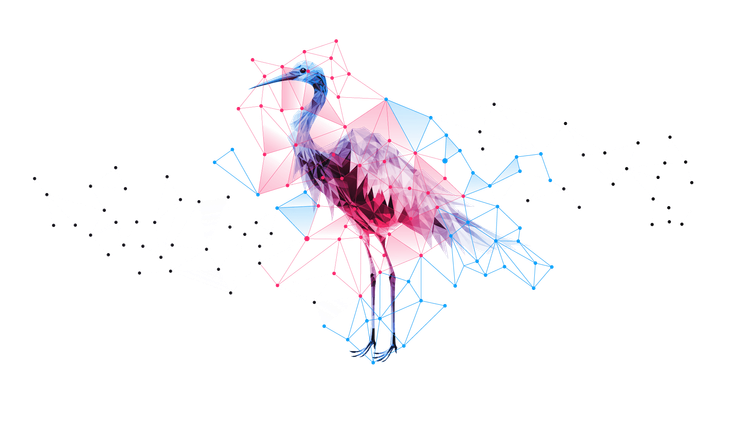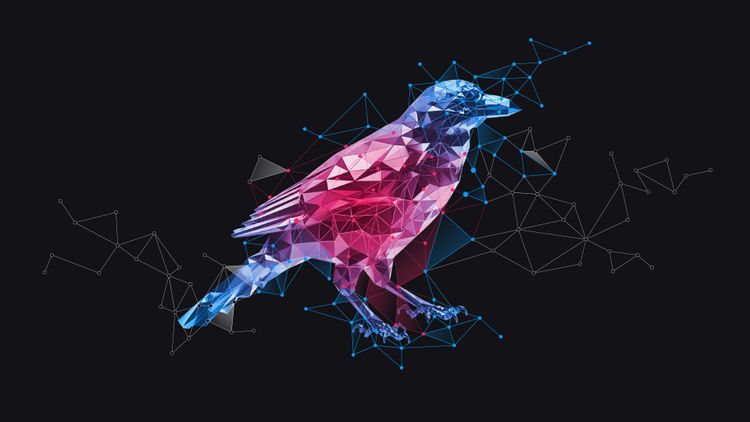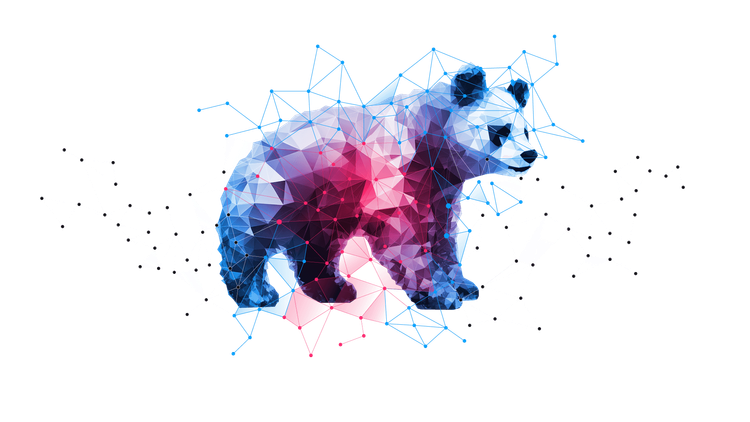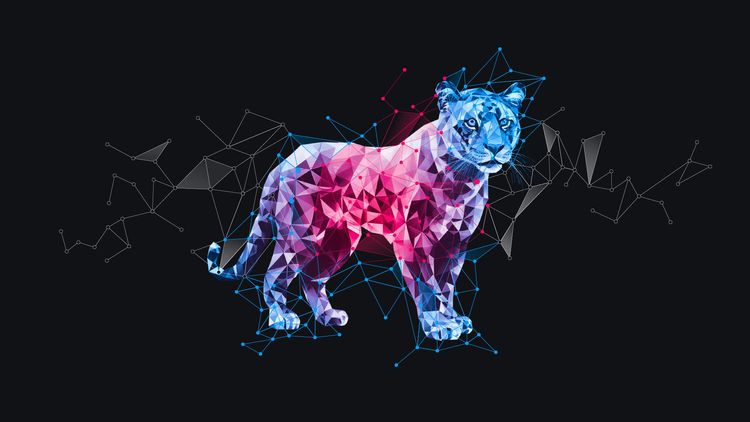
In our previous blog post, we introduced Sheaf Theory and its impact on ML practitioners [1]. As machine learning evolves, high-level mathematical concepts like sheaves will become indispensable for building more sophisticated AI systems across various fields. Today, we’ll continue our overview of what sheaves are, how they can be useful, and their real-world applications in areas like document analysis, recommendation systems, engineering, and molecular design.
What makes sheaves so interesting? Sheaves provide a mathematical framework that connects local knowledge to global understanding by modeling how information fragments cohere across contexts. Their significance lies in handling inconsistency and uncertainty while preserving the contextual nature of knowledge. Sheaf theory enables more effective multi-scale modeling, data integration, and reasoning with incomplete information.
Sheaves shine because they preserve context. They don’t just connect the dots—they tell you why the dots connect the way they do.
If you’d like to have a bit more of a technical overview, you can read the Medium article published by our Research Engineer, German Magai [2]. It provides an approachable overview of the recent paper “Sheaf theory: from deep geometry to deep learning” written by Anton Ayzenberg, Thomas Gebhart, German Magai, Grigory Solomadin [3].
Global Sections and Sheaf Diffusion: When Local Goes Global
One of the most compelling (and dare we say, poetic?) aspects of sheaf theory is how it lets local information coalesce into global understanding. It’s the same principle behind how your friend group mysteriously ends up quoting the same obscure meme, even though none of you remember who started it.
In sheaf language, this magic is formalized as global sections—the result of coherently piecing together local data. This idea has found its way into new approaches to graph pattern matching and isomorphism testing, explored by Professor Samson Abramsky [4] and Adam Conghaile [5]. You can read more about the local-to-global paradigm in our previous blog post on Sheaves [1].
Sheaves in Deep Learning
Where sheaf theory gets really exciting is in artificial intelligence—especially with graph neural networks (GNNs). Traditional GNNs have a couple of Achilles' heels:
- Over-smoothing: After too many message-passing layers, nodes start looking… well, suspiciously alike.
- Heterophily: Not all neighboring nodes are birds of a feather—some are penguins, some are puffins, and treating them the same leads to mushy models.
Sheaf-based neural networks offer elegant solutions to these problems. Instead of just passing information blindly between nodes, they use restriction maps that tailor how information travels. Think of it like translation between languages. Rather than assuming everyone speaks the same language (traditional GNNs), sheaf neural networks employ translators (restriction maps) to ensure meaningful communication between nodes speaking different "languages."
Elegant? Yes. Powerful? Absolutely.
Real-World Applications
Gebhart et al. (2023) [6] demonstrated how cellular sheaf theory frames many knowledge graph embedding techniques as sheaf learning problems. It also provides a general perspective on the problem of graph representation learning. But don’t let some of these abstract roots scare you away, sheaf theory equips us with powerful techniques and tools to tackle real-world challenges:
- Document Analysis: By capturing how information connects, rather than just what it says, sheaf-based methods help by weaving together insights from multiple sources into clear, accurate summaries. Instead of summarizing each document separately, these methods capture how ideas connect across texts, ensuring no key detail is missed. Imagine: summarizing a stack of news articles, reviews and reports into a single document, with a coherent overview that highlights the main points and their relationships. Perfect for quickly understanding complex topics like product launches or policy debates.
- Recommendation Systems: Modeling user preferences with more nuance than “you liked one action film, so here’s another.” A sheaf-based approach (like Sheaf4Rec) outperforms models like LightGCN and KGTORe by capturing the intricate web of user preferences with a balance of precision and recall (Purificato et al. 2024) [7]. By analyzing user history data, Sheaf Neural Networks can uncover your next hidden gem for a lazy Sunday binge—delivering truly personalized suggestions.
- Engineering and Design: From structural engineering to supply chain optimization, more accurate engineering models mean safer bridges and smarter factories. In construction design, this could mean optimizing high-rise structures by simultaneously modeling wind loads, structural integrity, and construction sequencing—minimizing material usage while ensuring safety margins that conventional methods might miss.
- Molecular Dynamics: Modeling biological constraints with sheaf theory is the mathematical equivalent of “X-ray” vision. In drug discovery, this means predicting how potential drug molecules will bind to target proteins by modeling complete conformational landscapes, helping researchers identify promising compounds before expensive laboratory testing.
Conclusion
Frameworks like sheaf theory help us make sense of complex data and interconnected systems. The ability to bridge local and global perspectives – to see both the individual puzzle pieces and the complete picture – will be essential for solving our most pressing challenges.
At Noeon Research, we are engineering Noeon* – a system that encodes meaning in transparent graph structures. A number of reasoners collaborate, operating over these structures, each dealing with its local knowledge. Through the connectivity of graph structures, there is always global context, allowing for future assessment and synchronisation. This creates a system that is both interpretable and general, and which advances frontier AI capabilities while maintaining inner alignment and staying true to intended objectives.
Check out our social media on LinkedIn, X, or drop us a line at info@noeon.ai.
Midtown Tower 34F, 9-7-1 Akasaka, Minato-ku, Tokyo, Japan
C/O Mackrell Solicitors, 60 St Martins Lane, Covent Garden, London, United Kingdom, WC2N 4JS.
